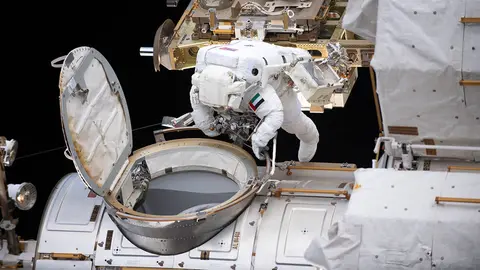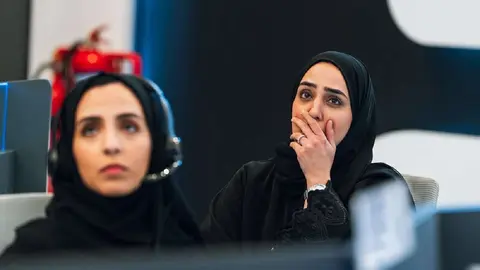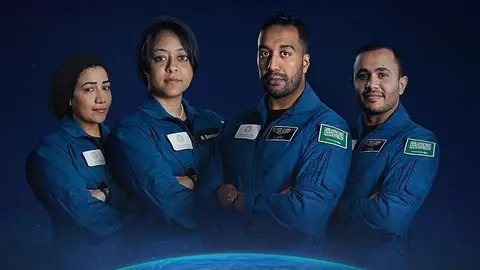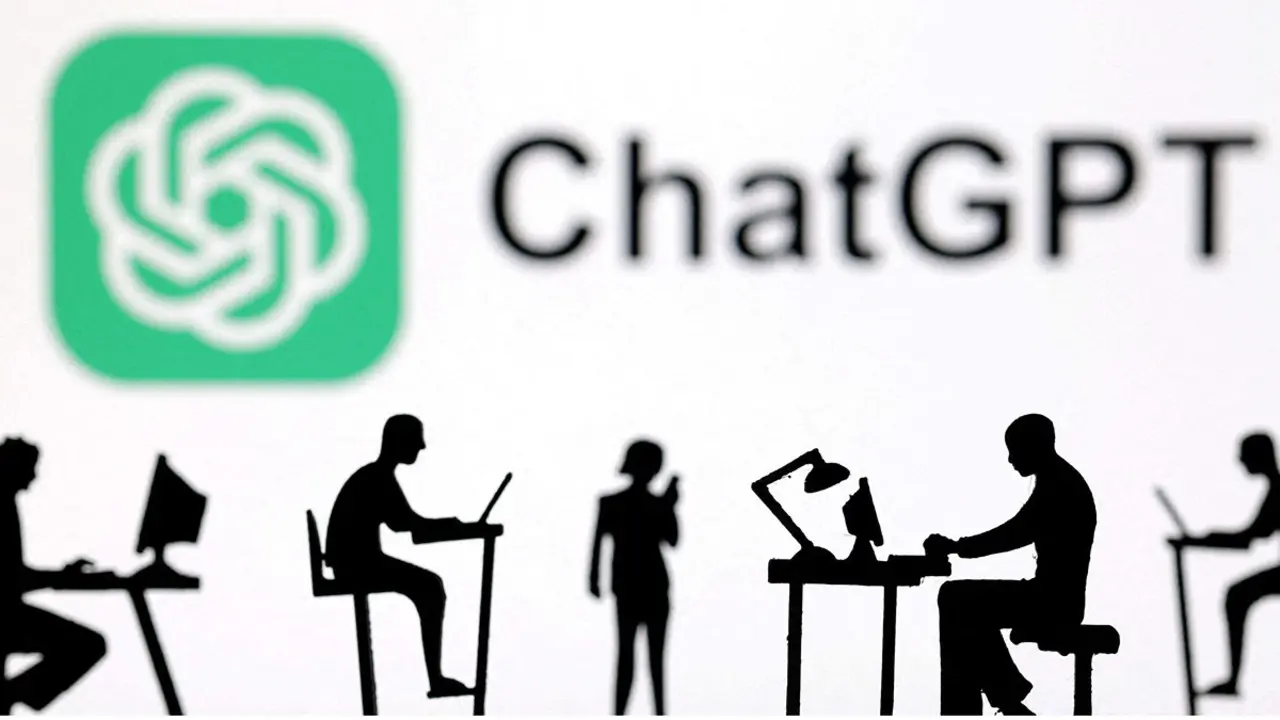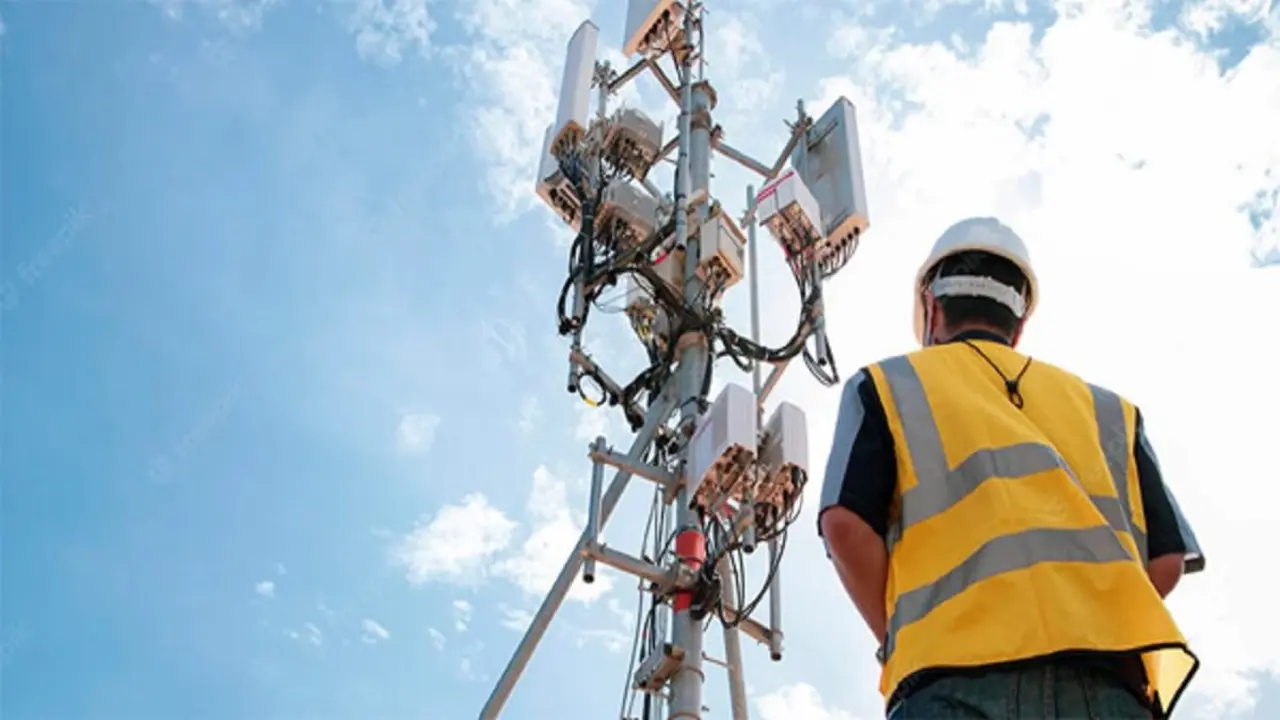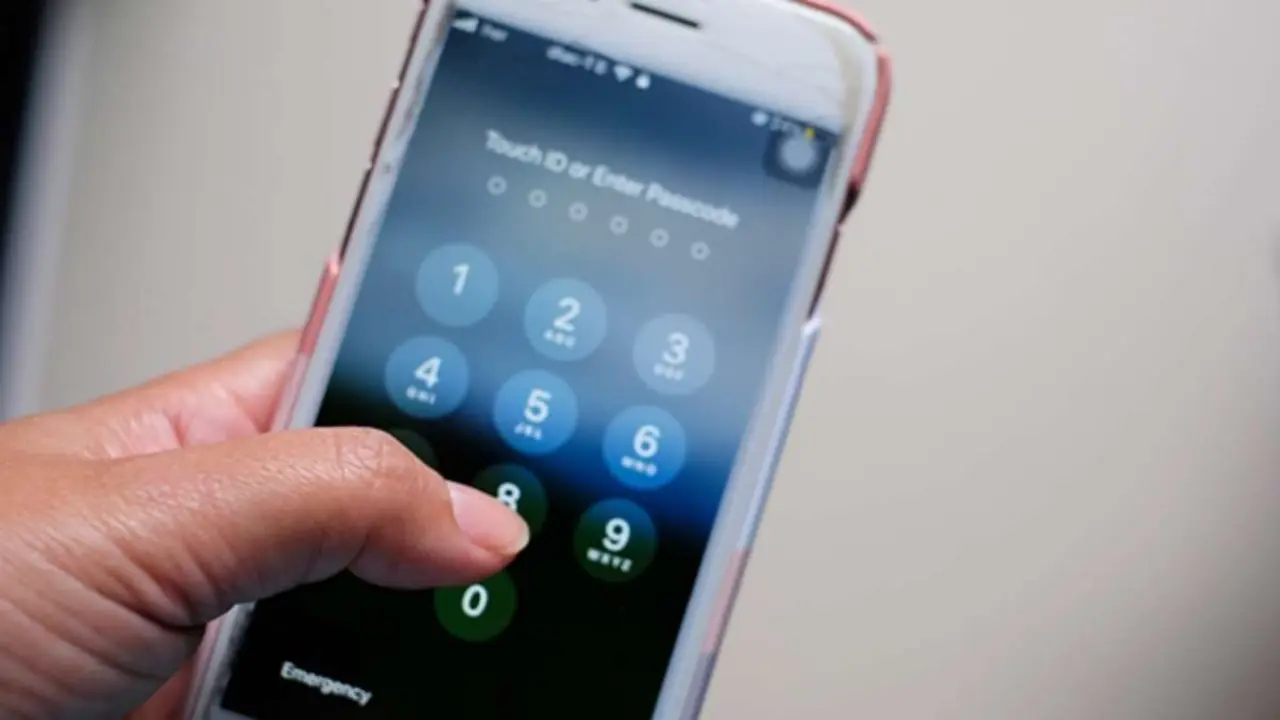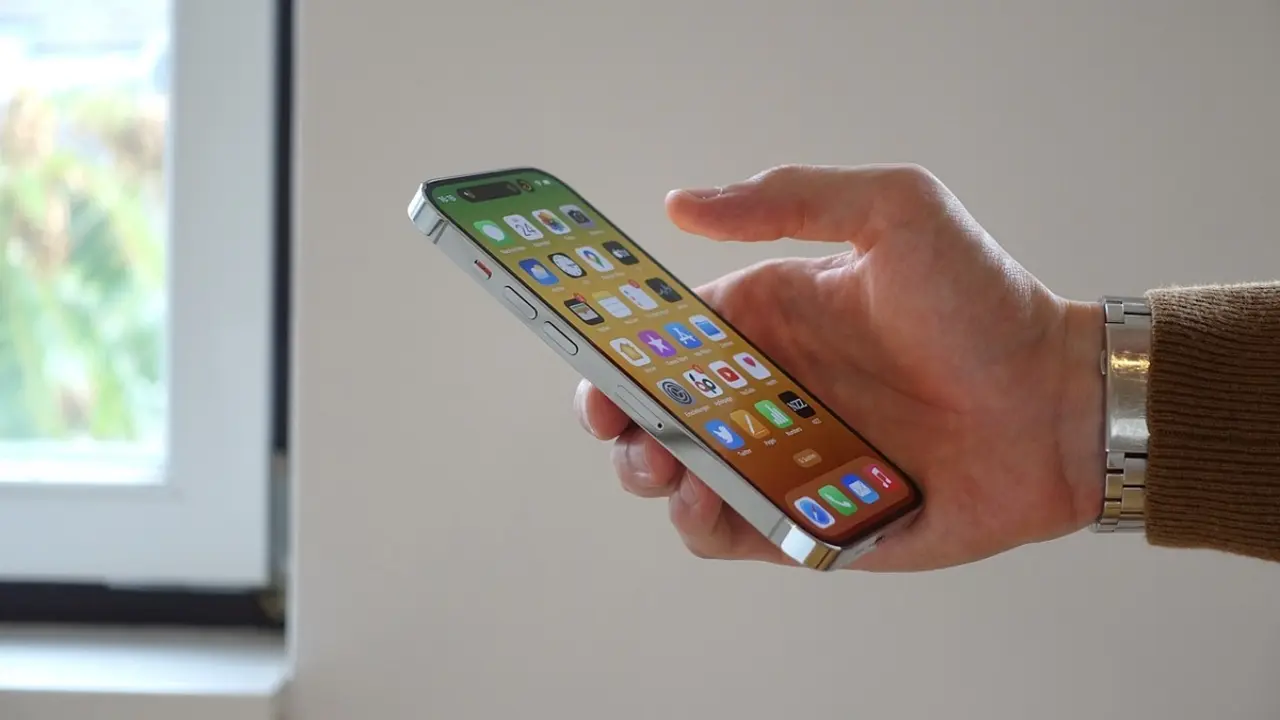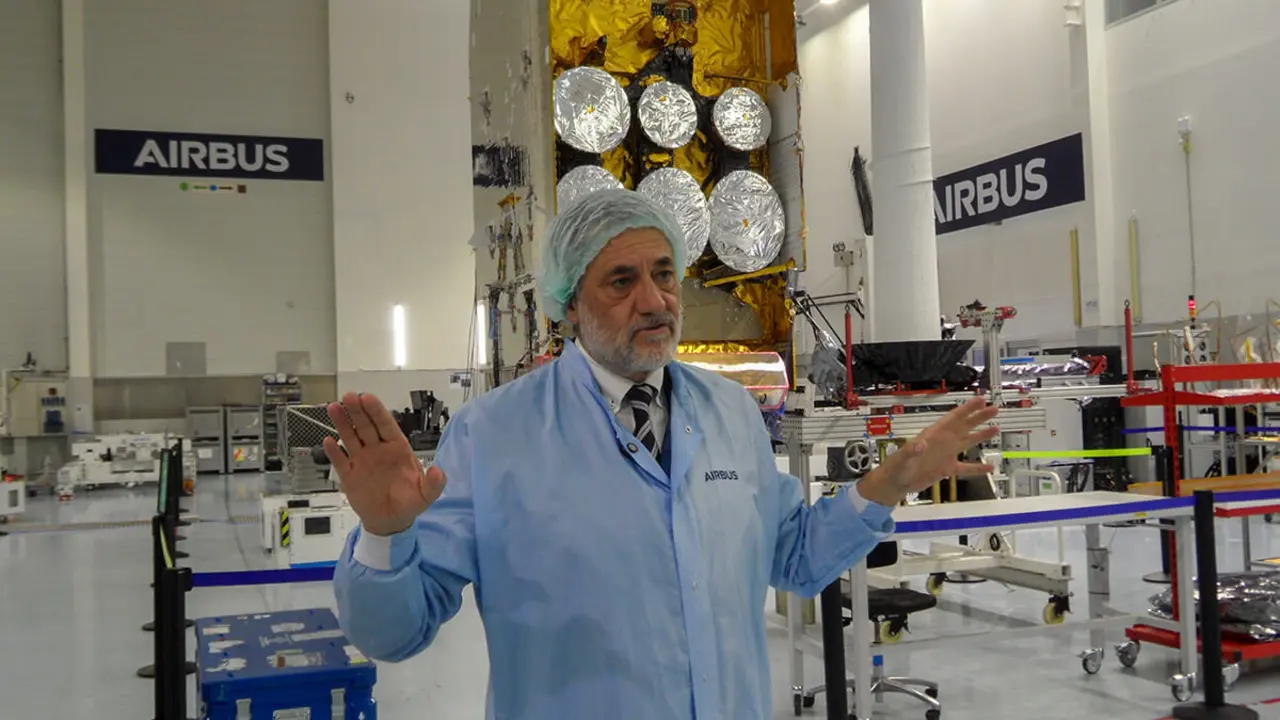Emirates secures a place to travel to the Moon hand in hand with the United States
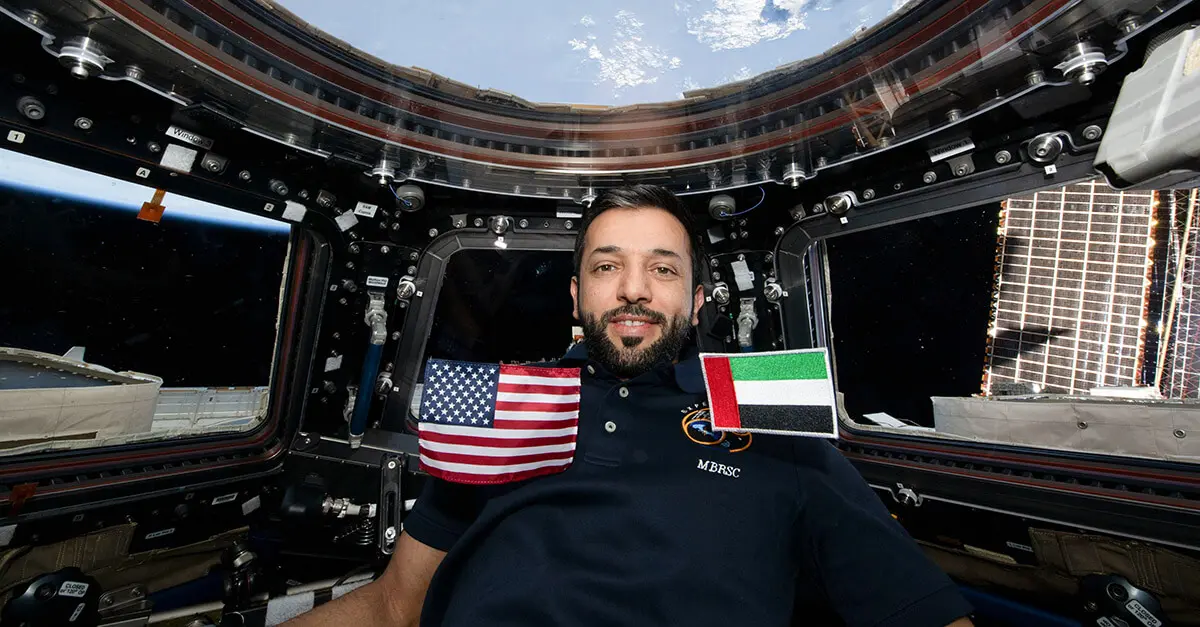
The UAE's space ambitions have just gained much more momentum following NASA's commitment to the Mohammed bin Rashid Space Centre (MBRSC) that an astronaut from the Gulf nation will travel to the Moon on one of its planned Artemis manned missions beyond 2026.
The agreement just signed by the two institutions is the main consequence of the UAE's recent accession, after more than a year of negotiations, to Washington's Lunar Gateway project, an initiative aimed at building the first space station to be deployed in an orbit around the Moon.
The aim of Lunar Gateway is to provide a "small, multi-purpose advanced orbital complex to support the Artemis manned missions", whose astronauts are due to land on the lunar surface in 2026.
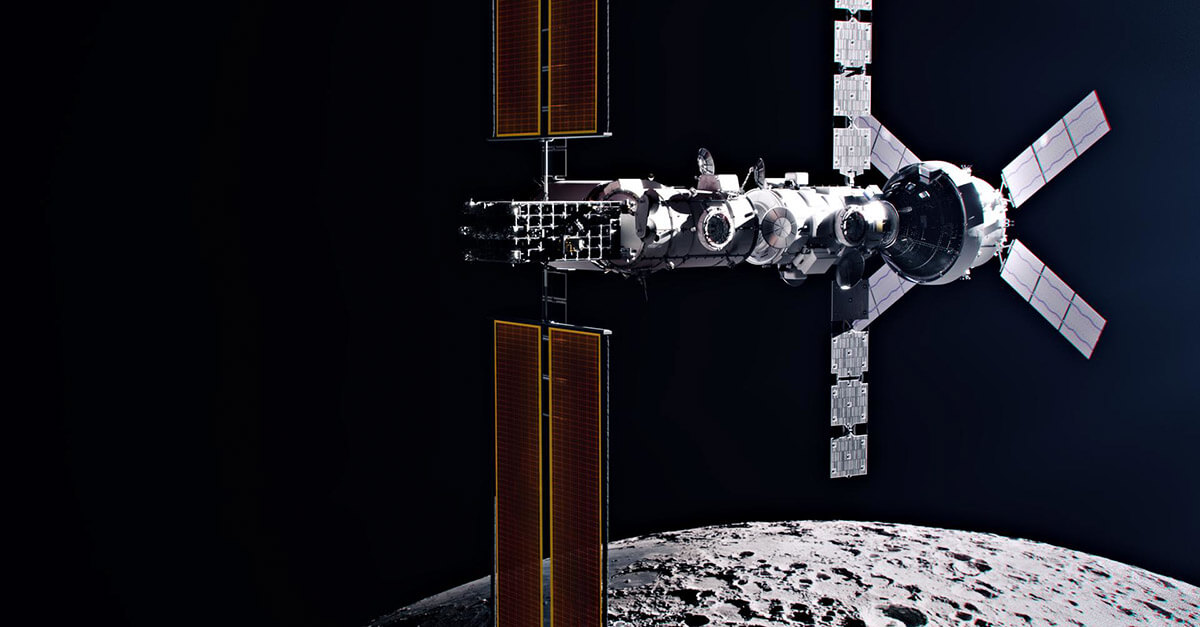
The UAE's participation in the initiative fills the gap left by Russia, which was originally planned to participate in the project but abandoned it at the end of 2020 because it was "too focused on the United States", according to the then director general of Roscosmos, Moscow's space agency, Dmitry Rogozin.
NASA intends for the Getaway Circumnavigation Station to also be used to host astronauts, infrastructure and robotic payloads temporarily bound for the Moon, as well as scientific instruments. Another of its functions is even more ambitious: in the 2030s, it will be the starting point for further deep space exploration and the springboard for taking humans to Mars.
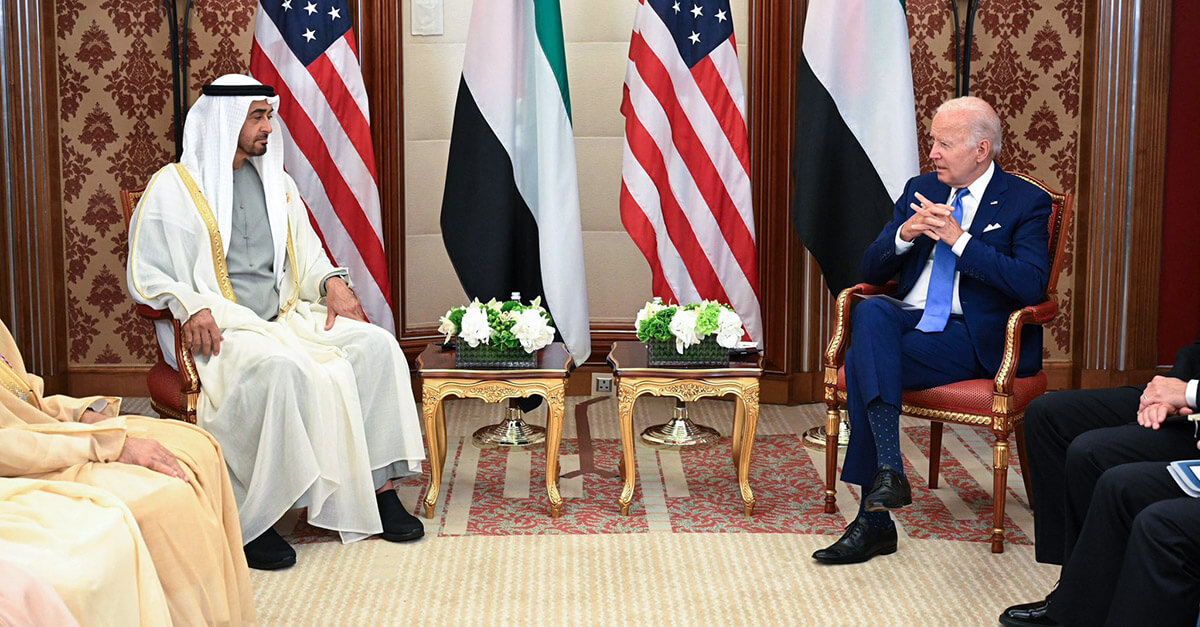
MBRSC, a privileged partner of NASA
The UAE's MBRSC, headed by Salem Humaid al-Marri, has committed to the US space agency to fund the development and manufacture of the Getaway airlock, the module that will serve as the gateway to the pressurised interior of the future lunar orbital complex. This infrastructure will also be the gateway to outer space for astronauts and scientific instruments.
NASA is scheduled to launch the first two Getaway modules starting in 2025. Once completed, one of its first uses will be to host each lunar lander, which will carry two or three astronauts to the surface of Earth's natural satellite.
For Washington's space exploration aspirations, Gateway is a "vital component of the Artemis return missions to the Moon". The pieces of the small puzzle and the assembly of the few five modules that will make it up will be carried out with the participation of commercial partners and the cooperation of the space agencies of Japan (JAXA), Canada (CSA) and Europe (ESA), which has just been joined by the United Arab Emirates.
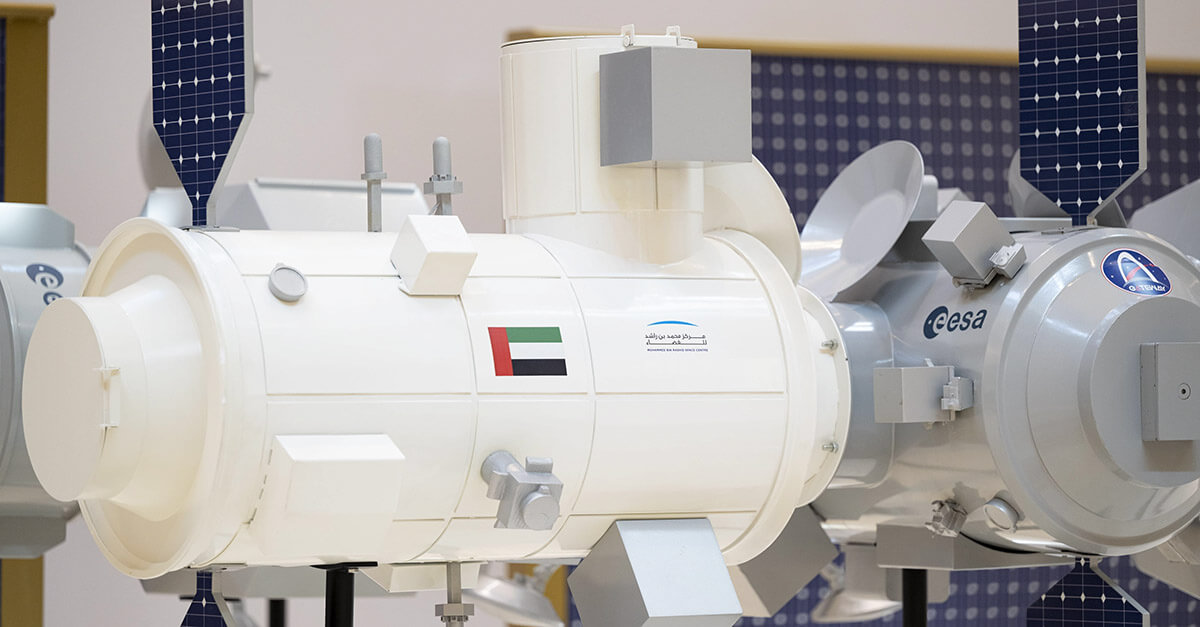
The Mohammed bin Rashid Space Centre is providing funding, but also its two experienced male astronauts and two others, one male and one female, in training at NASA's Johnson Center in Houston, Texas. Any of the four could be chosen to star in the trip to the moon that President Mohammed bin Zayed al-Nahyan's government has guaranteed.
But the dates for a UAE citizen's trip to the moon have not been finalised. On 12 January, the US agency delayed from late 2024 to September 2025 the Artemis II manned lunar mission, which is to include three veteran NASA astronauts and a Canadian rookie. Reason for the delay: Lockheed Martin, the prime contractor for the Orion capsule, needs more time than expected to fix the defects found in the capsule and ensure the survival of its crew members.
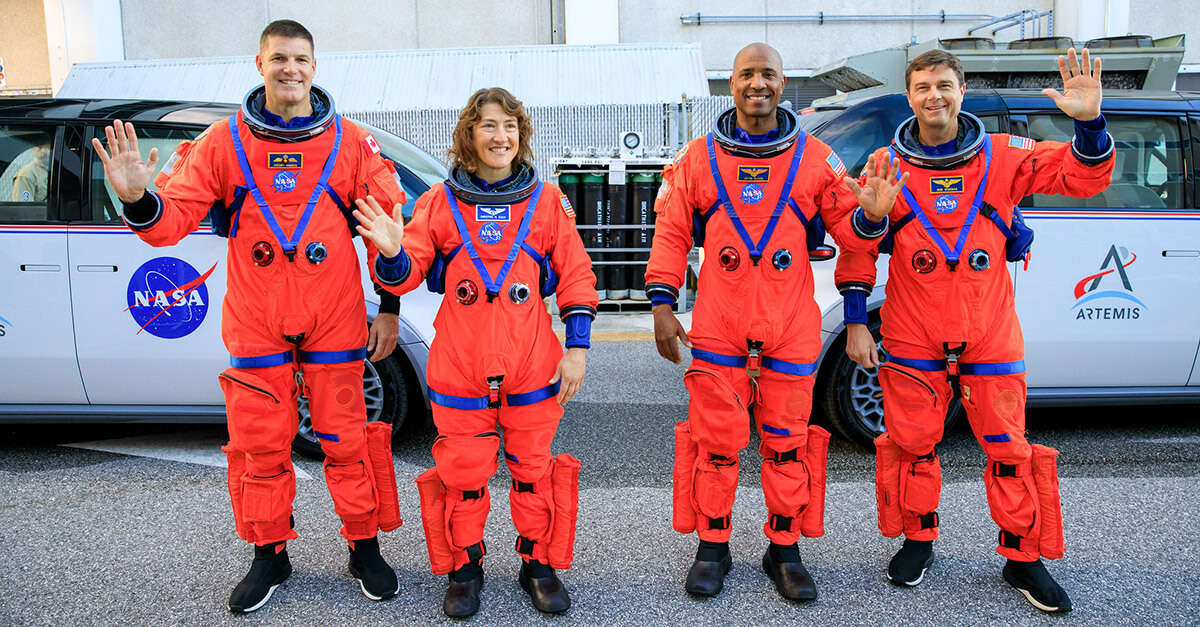
A Japanese, then an Emirati or a European
The delay in Artemis II's liftoff has repercussions for the Artemis III mission, the first mission whose astronauts are due to set foot on lunar soil again. Scheduled for launch in 2025, it has just been postponed until September 2026. The crew has not yet been designated, but it is likely that Artemis III will include three Americans and one Japanese.
If a Japanese national is included in the Artemis III crew, such a decision would be in line with US Vice President Kamala Harris, who serves as chair of the National Space Council, the White House advisory body that defines and develops US space policy and strategy.
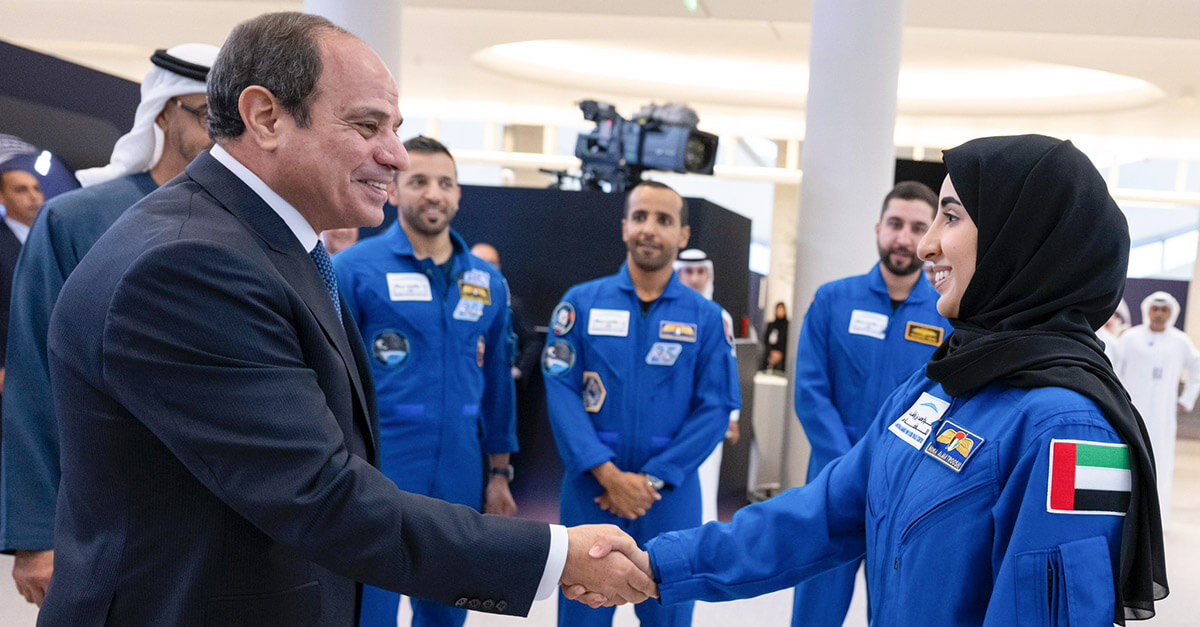
At the last meeting of the National Space Council on 20 December, Kamala Harris emphasised that, for the Biden Administration, "enhancing international cooperation in space is a priority". Thus, there is a clear possibility that an Emirati or ESA astronaut will fly on the Artemis IV mission, currently planned for 2028. However, if an Emirati does not fly to the Moon on Artemis IV, he or she would fly on Artemis V in 2030.
In a few months, Emirates will have four NASA-certified astronauts. Two are in the final stages of their training: Mohamed al-Mulla, a 36-year-old Dubai Police pilot, and Nora al-Matrooshi, a 30-year-old engineer. The other two are veterans.
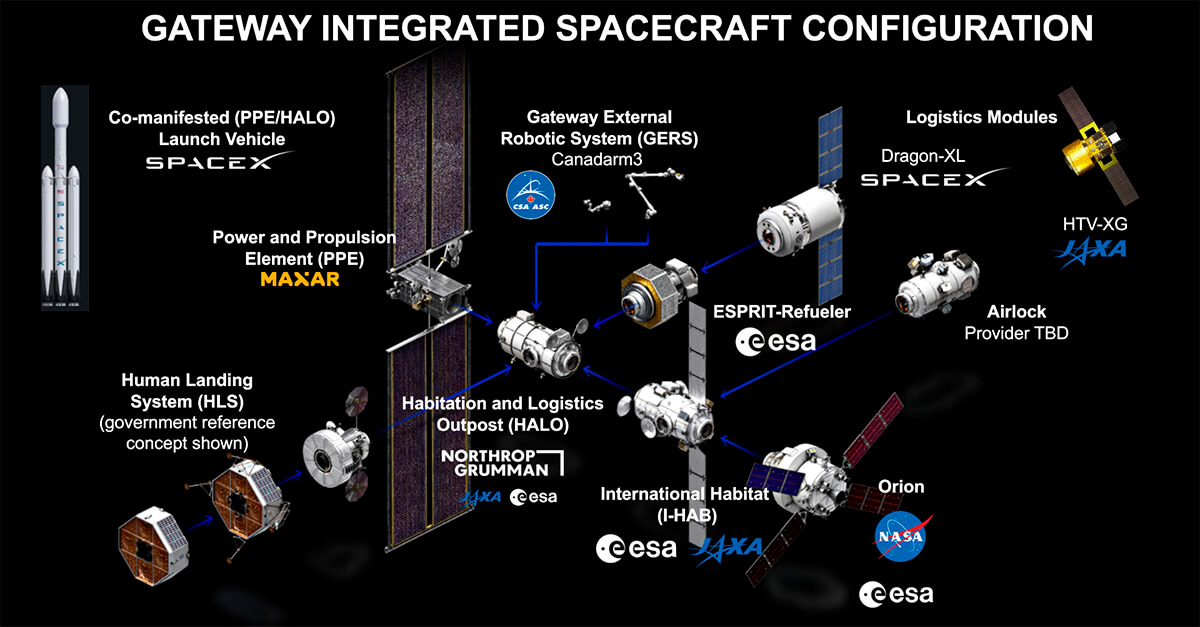
One is Sultan al-Neyadi, 43, a hero to the Arab world. Launched on 2 March 2023 to the International Space Station (ISS), he has spent 186 days on board and 7 hours and 1 minute suspended in outer space. He returned on 3 September. The other is Hazzaa al-Mansoori, 40, the first Emirati to fly into space. It was in September 2019 and he stayed on the ISS for seven days.


